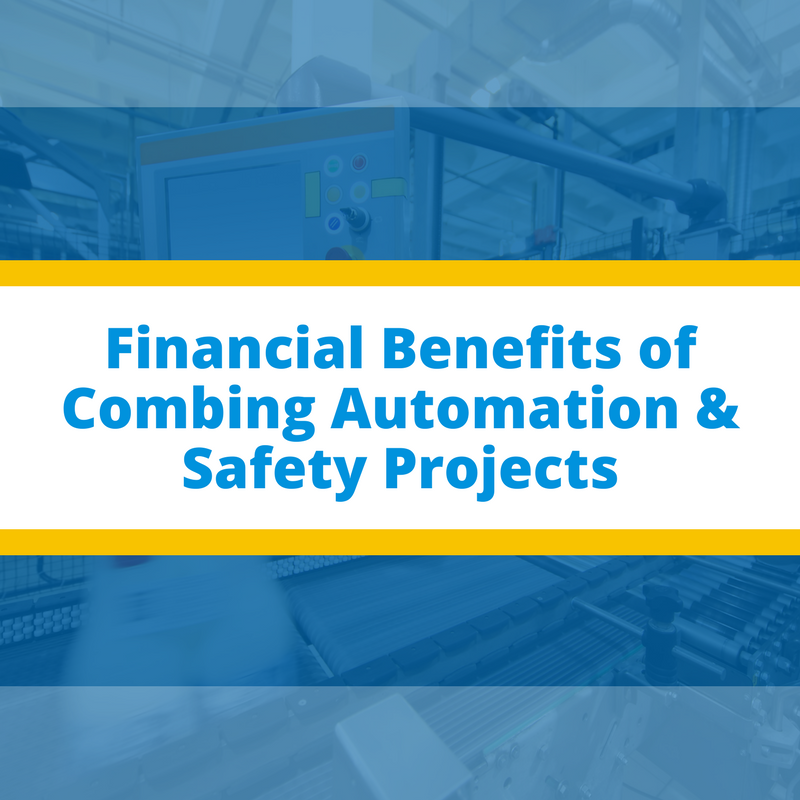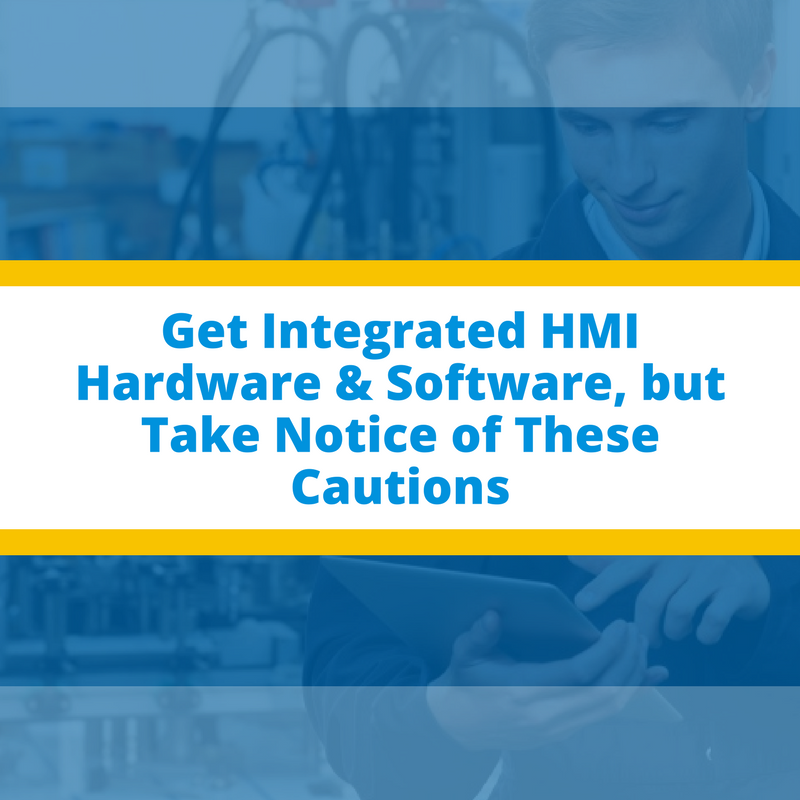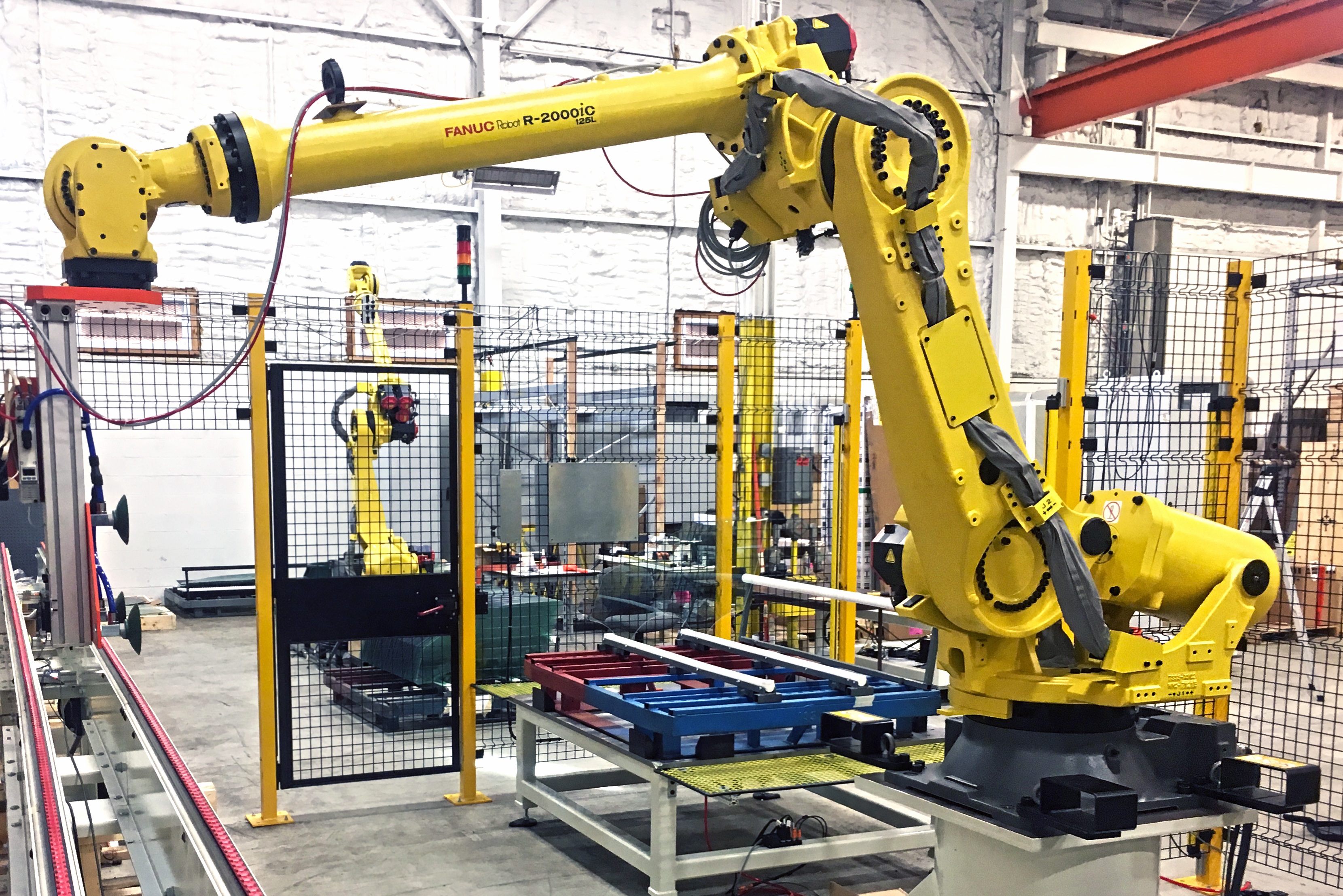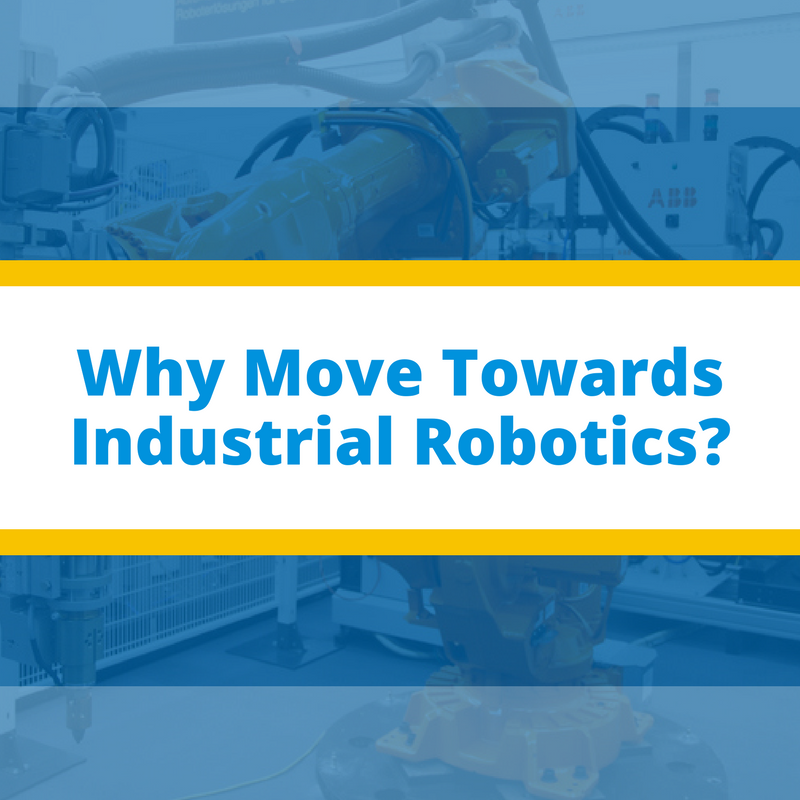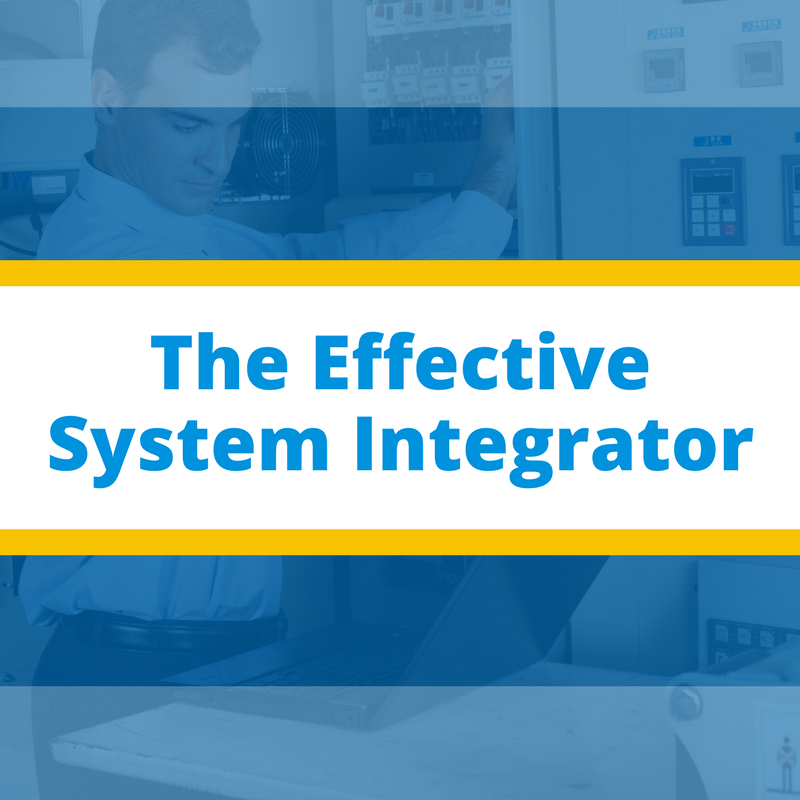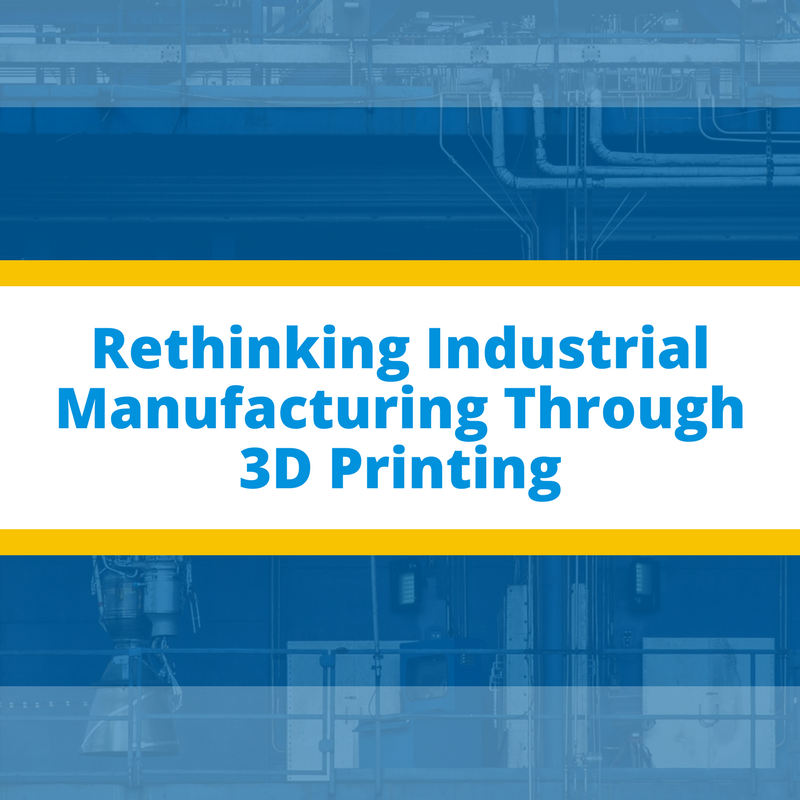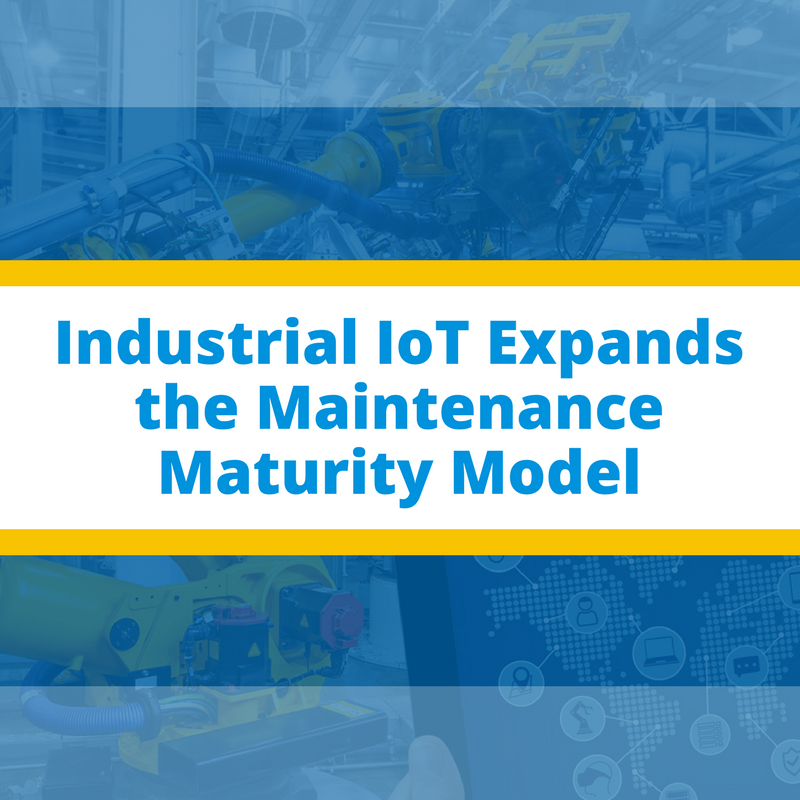Automation isn’t a desire, it’s a need of the hour. Every plant operations manager is aware of this need and the impact it has on the overall safety, reliability and economic efficiency. Still, companies are sometimes suspicious of adopting such technologies as the risk for failure is significant while the margin of error near to zero. This is especially true in large-scale industries where even a single hour of downtime due to delayed or malfunctioned automation can result in hundreds of thousands of dollars’ worth of losses.
Financial Benefits of Combing Automation & Safety Projects
Dedicated departments for engineering, environment, health and safety can be found in almost every mid to large sized manufacturing company. These departments have little collective knowledge-pool and coherence, since traditionally their KPIs have very little overlapping. For instance, engineers continuously work with operations to improve productivity & efficiency of the equipment, while safety professionals analyze & reduce risks. Therefore, it’s very rare for the two departments to cross paths. However, this attitude has to change if an enterprise wants to keep itself at par with the competition and adjust according to the latest market trends.
Get Integrated HMI Hardware & Software, but Take Notice of These Cautions
There’s no single way to do something right. Instead there are multiple paths of which the most suitable one must be chosen according to the situation. HMIs play a vital role in driving the industrial bandwagon, providing us with monitoring, control & automation capabilities. When working with HMIs, there are a few factors that you should be particularly careful about. All of these have been discussed in detail below.
Five Ways That Can Advance Robotics in Manufacturing
Despite the string of advancements in the field of automation, robotics remains a relatively young field, holding promises that would take years to mature on a large-scale. The success of robots however has sparked interest of several businesses, and many have started migrating towards this technology.
The Growth of Industrial Robotics: FANUC on the Rise
It’s strange how so many of us accept the existence of robots and the role they play in our life, but so little of us actually know about the brains behind such technology. FANUC is one of those companies that has its hands in everything, but is almost never publicly recognized for it. FANUC is the world’s largest maker of industrial robots, and has over 400,000 machines dedicated to this task.
Rethinking Industrial Manufacturing Through 3D Printing
In a world driven by competitiveness, companies are getting more anticipative about the concept of 3D printing when it comes to expanding their manufacturing capabilities and bringing down costs. The fourth industrial revolution is upon us, one that would drive greater efficiencies by relying on latest digital technologies as well as on mass amounts of data from all ends. When such factors come into play, the concept of 3D printing becomes highly relevant and necessary for increasing competitiveness in the market.
Advice from Integrators on HMIs, Wireless, Cloud and Thin Clients
Winners of the 2017 System Integrator of the Year award were asked to provide valuable advance on system designs and technologies including HMIs, wireless, cloud, Industrial IoT, etc. so that others may get better insight and get acquainted with best practices.
Vibrations, what may seem like so irrelevant and benign are actually quite serious, and possess the tendency to damage a machine’s sensitive components. When dealing with industrial machines, shaking is something for which all damping efforts are made beyond a known threshold. The major task is to determine whether the magnitude of oscillation being faced can be tolerated or if needs to be stopped.
Industrial IoT Expands the Maintenance Maturity Model
The ultimate goal of Internet of Things based technologies & equipment is to phase-out manual processes and replace them with efficient, automated ones. With the introduction of IoT to industrial environments, new automated systems are emerging that are able to take care of all processes involved with asset management, right from collecting data to carrying out inspections through in-depth analysis.




